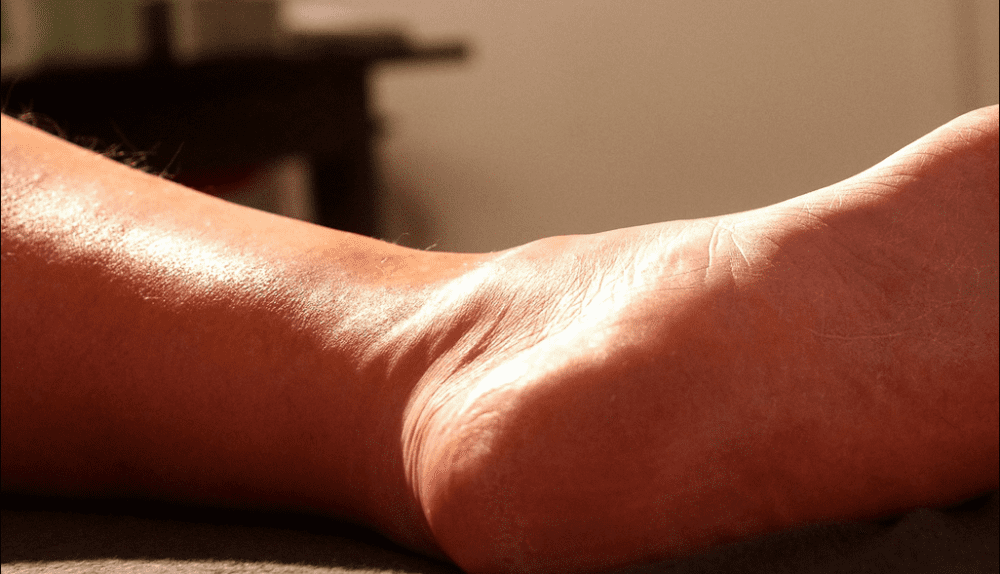
How to Bump off the Lumps of Ganglion Cysts

Lumps and bumps that appear anywhere on your body can be a cause for concern, and rightly so. While some lumps can be a sign of a serious medical condition such as cancer, others may signify the presence of a benign condition known as a ganglion cyst. If you find a lump in your foot or ankle, the only way to know your diagnosis for certain is to call us at Central Massachusetts Podiatry for an appointment to see one of our podiatrists.
What is a ganglion cyst?
It’s a fluid-filled sac that appears on the surface of a joint, ligament, or tendon, and just below the skin. From the outside, it looks like a swelling or lump under your skin. A ganglion cyst can be round or oval in shape. It can be so tiny you may not even know it’s there or be as large as an inch in diameter.
While ganglion cysts can appear on the hands, fingers, and wrists, they can also form on top of the foot and on the ankles. Sometimes a ganglion cyst will develop, and then shrink and disappear, only to return again later. Other times, a cyst forms and remains.
Some cysts are painless, while others can cause aches, pain, or tingling and burning sensations. Discomfort occurs when the ganglion cyst is pressing on a joint, nerve, or tendon.
What causes a ganglion cyst?
Oftentimes the exact cause of a ganglion cyst cannot be determined. It’s thought that a one-time traumatic injury to the foot or repetitive episodes of smaller traumatic events can cause a ganglion cyst to form in the area.
How is a ganglion cyst diagnosed and treated?
Our podiatrist will examine you, and may take X-rays or draw fluid from your ganglion cyst for further examination.
Treatments for ganglion cysts can range from nonsurgical to surgical, depending on the severity of your symptoms. Our podiatrists will expertly manage your care and discuss your options and their recommendations, specific to your case.
Nonsurgical treatments include:
Observation: If your cyst is painless and it isn’t impeding your ability to walk, our doctor may decide to simply observe it for a time before conducting any invasive treatments. If the cyst starts to bother you in any way, we’d reassess it and choose an appropriate treatment.
Changing your shoes or using foot pads: If your shoe rubs against your ganglionic cyst and causes you pain, our doctor may advise changing to a different style of shoe. Or sometimes protective pads are placed over and around the cyst to protect it from being rubbed or pressured by your shoe.
Needle aspiration with steroid injection: Draining the fluid from your cyst with a sterile needle, then injecting a steroid drug into the area can sometimes do the trick in reducing inflammation, pain, and the size of the cyst.
Surgical treatment:
If you have severe pain, difficulty walking, or non-surgical measures have already been taken and your pain persists, surgery may be the next step. In this case, your cyst will be removed through a procedure known as a ganglion resection.
Depending on the situation, you may have a local or general anesthesia for the surgery. The doctor makes an incision and removes the cyst and sometimes a bit of the tissue around it. Generally, this takes care of the ganglion cyst; however, in some cases, it may return.
You may need to wear a special boot or be placed in a cast after your surgery. If the doctor decides you’re not able to bear weight for a time, you’ll be given crutches and taught how to use them, to avoid placing weight on your affected foot.
After the procedure, you’ll have some pain at the surgical site, along with some swelling and bruising. After care consists of rest, elevating the foot, and taking pain medications as needed. It’s important to follow the doctor’s instructions regarding your wound care to facilitate healing and prevent infection.
Typically, the recovery time for resuming your normal activity level varies from two to six weeks, depending on the extent of your surgery, your rate of healing, and your lifestyle.
If you find a lump on your foot or ankle, why wonder and worry what it is? Call us for an evaluation, answers to your questions, and top-notch treatment.
You Might Also Enjoy...


Improve performance and prevent injuries with Chi Walking and Chi Running

Money saving tips for buying single or different sized shoes

Dr. Feldman's best advice for Marathon Day

Webinar Series

